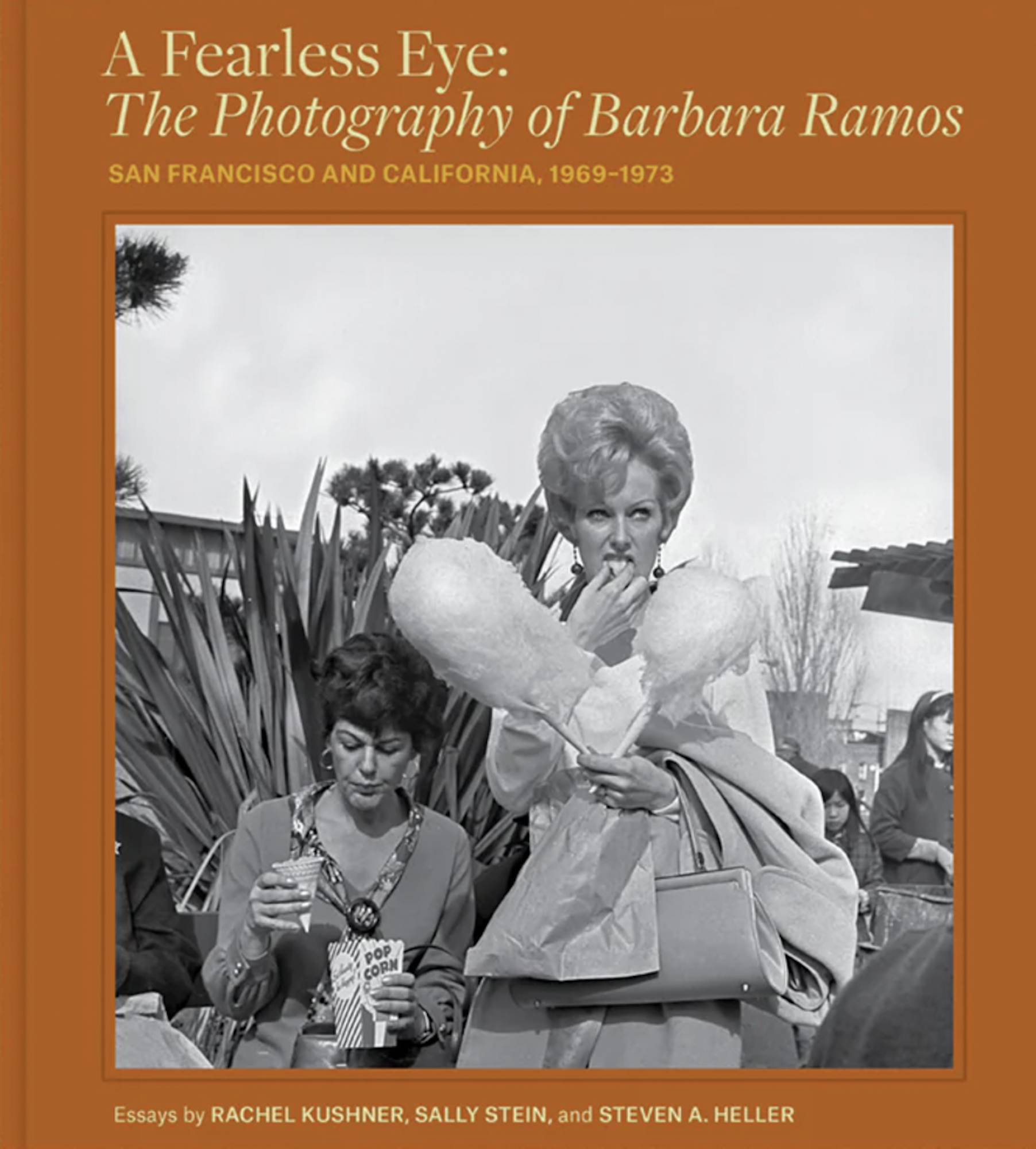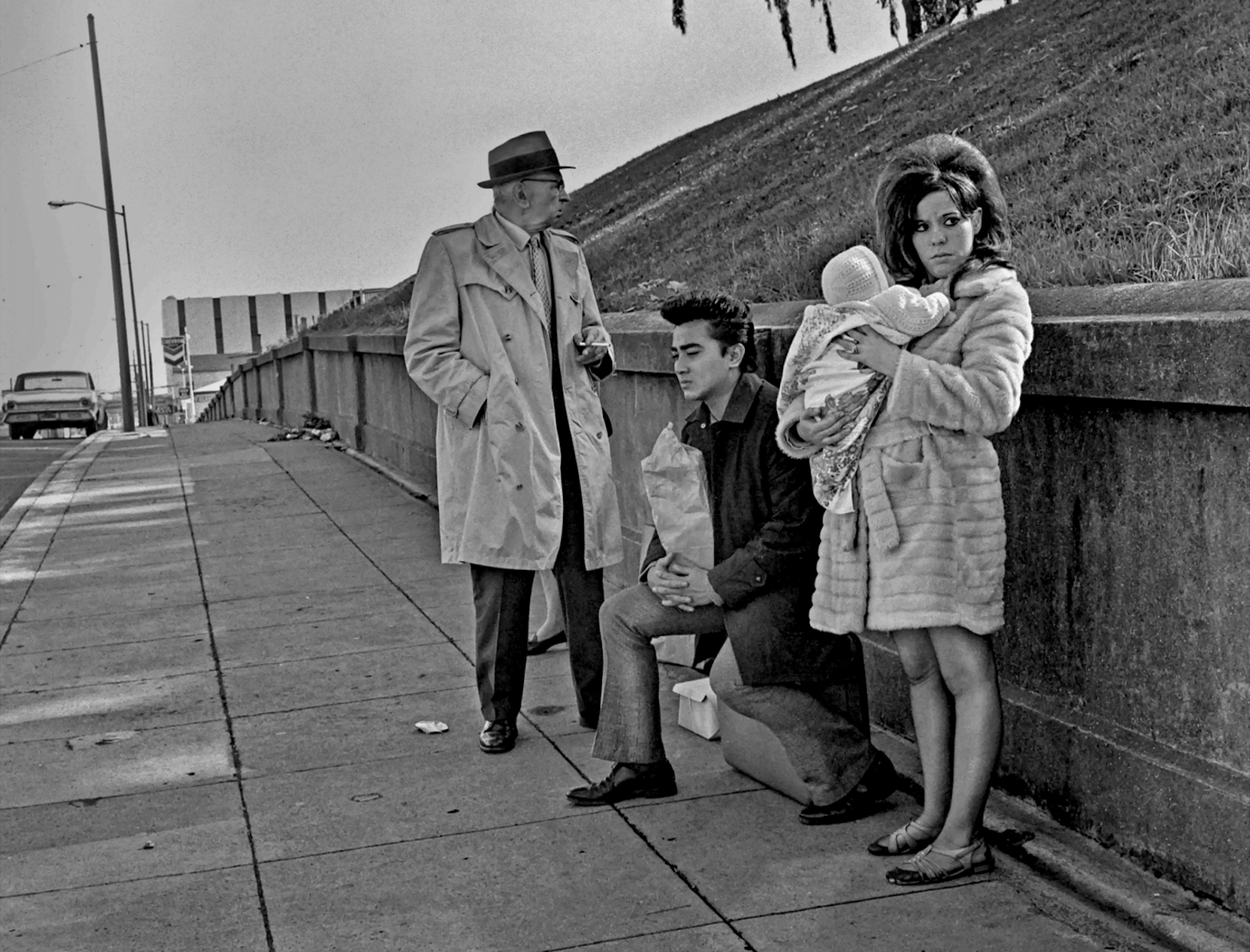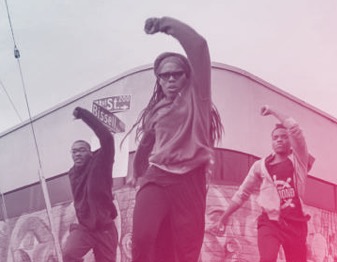
A young, barefoot white woman with tousled blonde hair, seated in the rear doorway of a van. An older Asian gentleman wearing a smart suit and Chuck Taylors at the pool hall. A young Black man, shades on, casually watching TV at the Greyhound bus depot. Three very different subjects with one big thing in common: They are all effortlessly cool — as is most everyone immortalized in A Fearless Eye: The Photography of Barbara Ramos.
Ramos’ black-and-white photography doesn’t just reflect the fashions of a bygone era (specifically 1969 to 1973), she also has a knack for singling out the most fascinating everyday humans and capturing them at their most unguarded. Whether it’s two older ladies gleefully giving each other noogies at the laundromat, or a young rocker passed out on a car at Altamont, the images on every page feel like a moments worth savoring.

A Fearless Eye is a collection of images that Ramos began taking after she moved from Los Angeles in 1969 to study photography at the San Francisco Art Institute. She later got a master’s degree in interdisciplinary creative arts from San Francisco State University. To support her studies, Ramos got a job taking photos of patrons and tourists at the Fairmont Hotel, as well as at bars like Top of the Mark and Finnochio’s. She spent her college years in the city honing and perfecting her photography skills obsessively … only to suddenly quit to take up a career in jewelry design.
The photos in A Fearless Eye might have been lost forever if Ramos hadn’t decided to revisit her old negatives during the pandemic, at the urging of her husband. What she unearthed is a vibrant slice of San Francisco life — at bus stops, inside businesses and classrooms, at prestigious events, on street corners and riding public transport. Nobody and nowhere is off limits.

Under Ramos’ gaze, every individual is as essential as the last, whether her subjects are glamorous women attending an art opening or carnies working at Playland on the Beach. The magic is in the fact that these characters are consistently unperturbed by the camera’s lens. Because Ramos gives these individuals space to breathe, she is better able to capture their essences.


